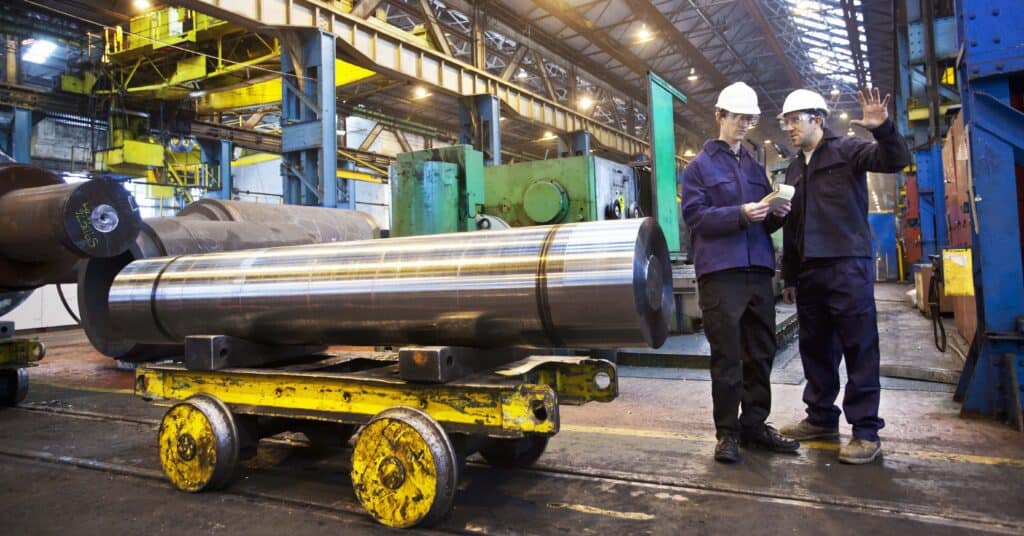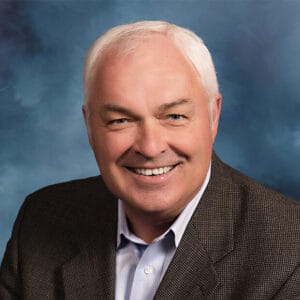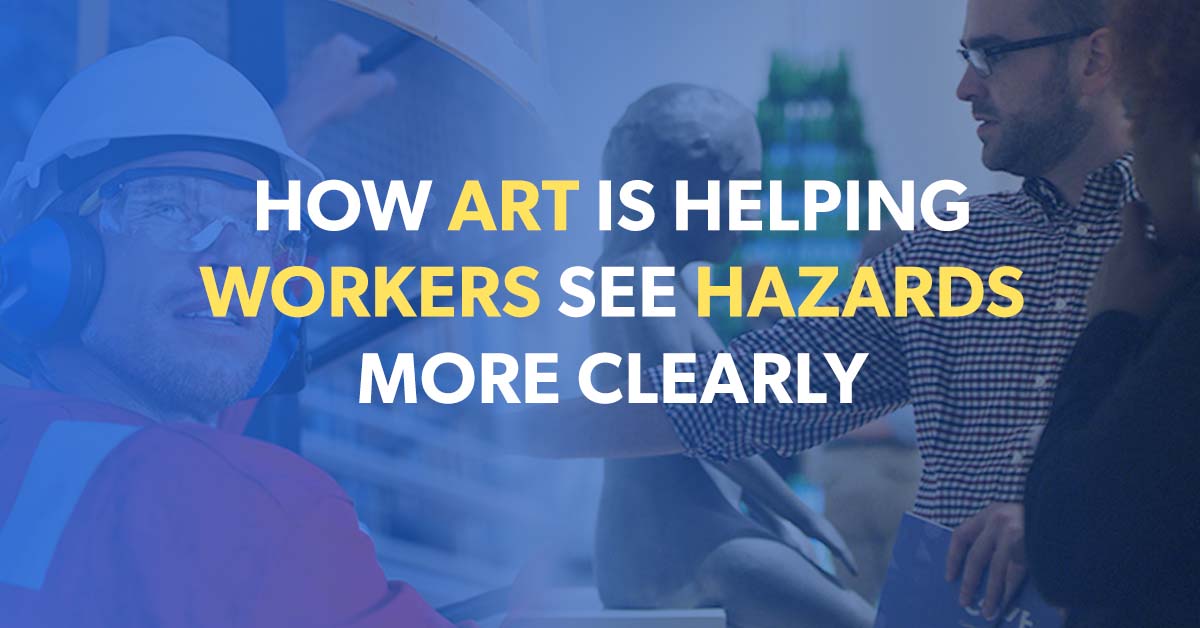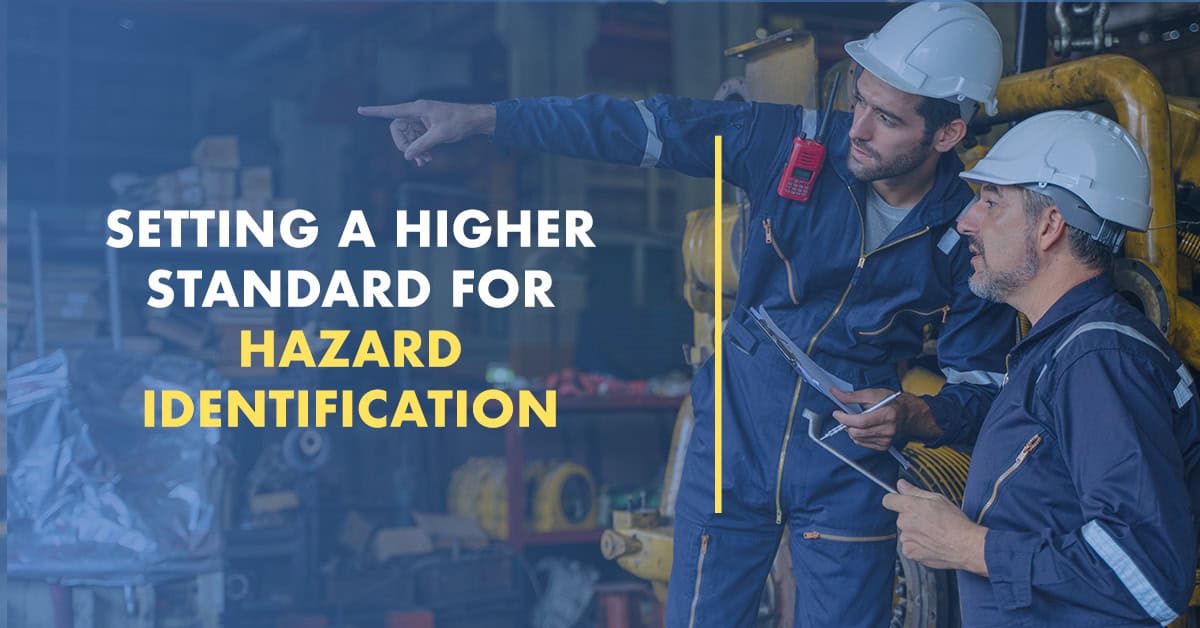If you have been following our work at COVE, you know that we are all about the importance of Seeing the Whole PICTURE™ so that we can be more effective in our safety processes. It is by Learning to See that we can improve our ability to interpret the environment around us and the things that we are doing so that we can identify hazards and understand risk.
But then what? Too often we may see hazards but actually do little about them for a number of reasons. Perhaps we aren’t confident that what we see as a hazard others will see it as just a normal condition and nothing to worry about. We may be embarrassed if our interpretation makes us look too conservative or risk averse.
There may be no clear process for how to communicate a concern or feedback mechanism that helps you understand whether your concern was understood and even acted on. Why take the time to communicate what you’re seeing if no one cares enough to do something about it. We have all had these experiences in our lives that make us wonder if the reward is worth the effort.
Visual Literacy is simply about what you see, what it means and what action you take as a result. We dampen the positive impact from Visual Literacy if we are not prepared to act on what we see and interpret as potential hazards – things that can result in personal injury or incidents of any type. So what can we do to make sure that we proactively see hazards in advance of an incident occurring?
- Make sure the process for recording hazards that are identified is clear and understood. Once you see a hazard, who and how do you tell what you now see?
- Assess the risk so the proper priority is established for action. Not all hazards are equal and those with serious injury potential should be addressed immediately and effectively while others can wait with the proper containment in the meantime.
- Provide feedback to the individual(s) that have identified the hazard. It is important that those who have taken the time to identify unsafe conditions receive feedback on the actions that have been taken, or if not, the reason why. We may assume that they know the reasons, but that may not be true and the last thing we want them to believe is that we didn’t listen to them.
We have talked about how improving our ability in Seeing the Whole PICTURE™ can help with our ability to see things we often miss and how it can also improve our interpretation of what we do see. Now we can focus on the actions that transfer what we see to a safer environment.
Attend one of our upcoming workshops where you will learn how tools like Seeing the Whole PICTURE® can improve your ability to identify risks in the workplace. LEARN MORE




